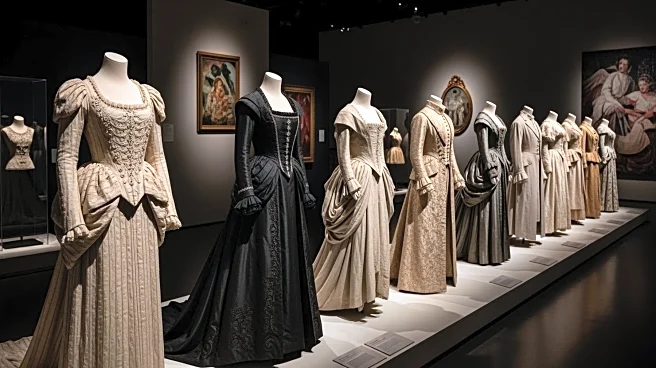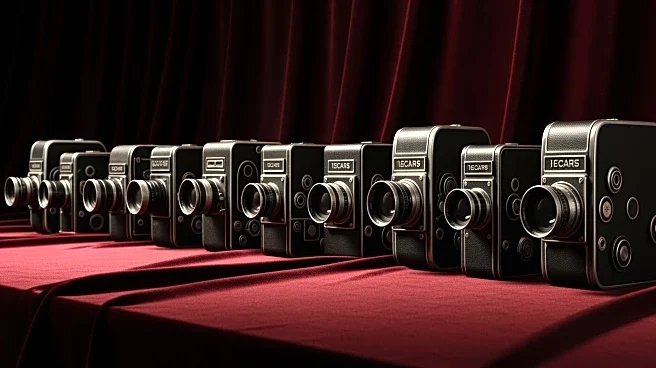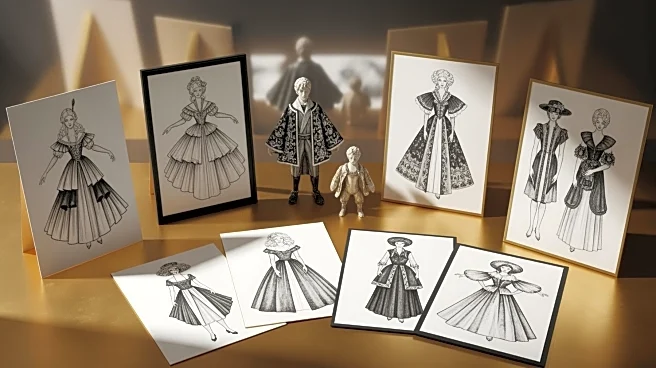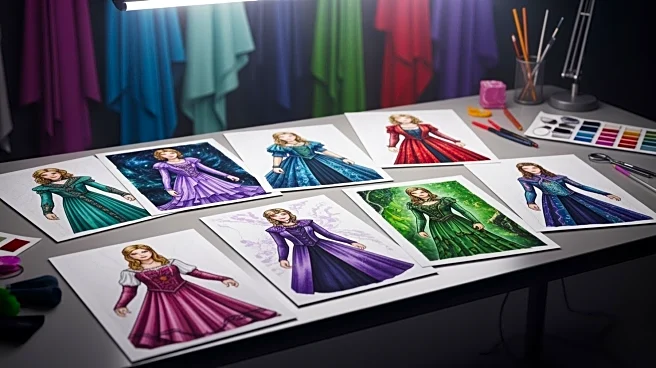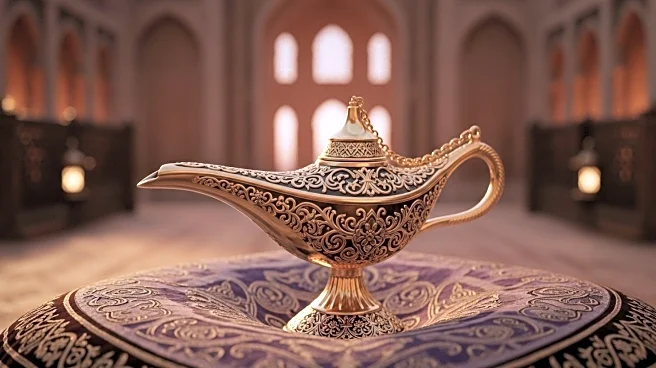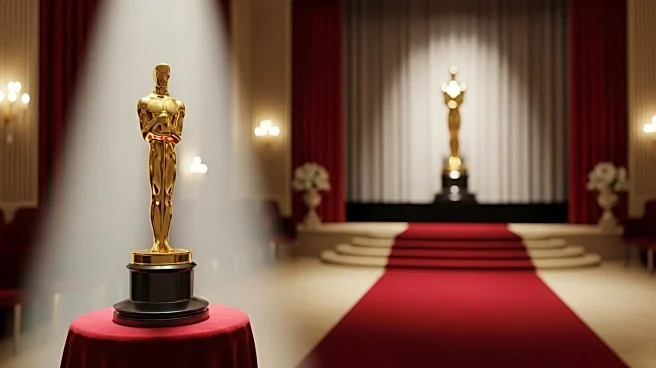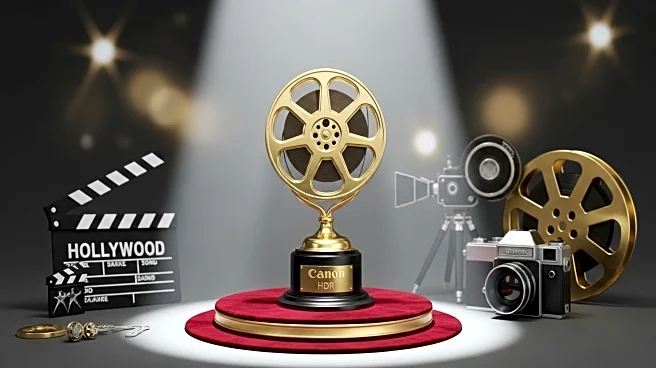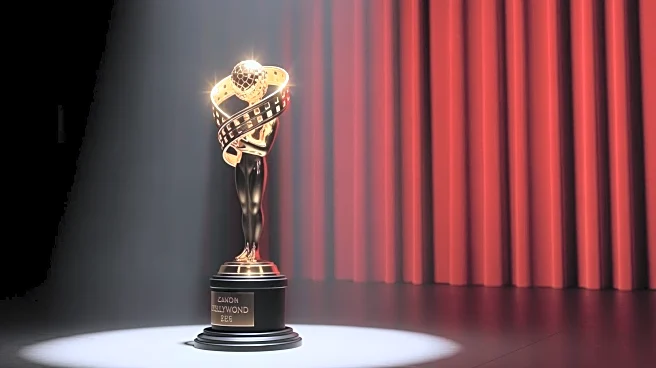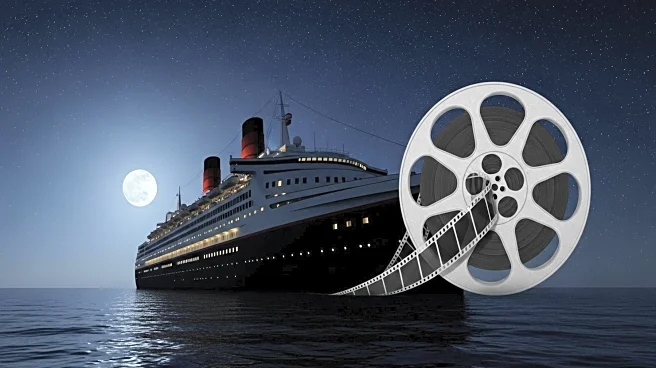What's Happening?
The Academy Awards have recognized excellence in costume design since 1949, a full 20 years after the first ceremony. Over the years, the Oscar for Best Costume Design has been awarded 94 times, with the category
initially split between black-and-white and color films from 1949 to 1957 and 1960 to 1967. Notable winners include Edith Head, who won eight times and was known for her work on films like 'Sabrina' and 'Roman Holiday,' and Irene Sharaff, who designed costumes for 'Cleopatra' and 'West Side Story.' The award has highlighted the Academy's appreciation for Shakespearean adaptations, futurism, and period pieces, with films like 'The Great Gatsby' winning in both 1974 and 2013.
Why It's Important?
The Best Costume Design Oscar plays a crucial role in highlighting the artistry and creativity involved in film production. It underscores the importance of visual storytelling and how costumes contribute to character development and narrative depth. The recognition of costume designers like Edith Head and Irene Sharaff has elevated the status of costume design within the film industry, encouraging innovation and attention to detail. This award not only celebrates individual achievement but also influences fashion trends and cultural perceptions, as iconic costumes often become part of popular culture.
What's Next?
As the film industry continues to evolve, the role of costume design is likely to expand, incorporating new technologies and materials. Future awards may see a greater diversity of styles and influences, reflecting global cinema trends. The continued recognition of costume design at the Oscars will likely inspire new generations of designers to push creative boundaries, ensuring that costumes remain a vital element of cinematic storytelling.
Beyond the Headlines
The evolution of the Best Costume Design category reflects broader changes in the film industry, including shifts in production techniques and audience expectations. The award's history highlights the intersection of fashion and film, illustrating how cinema can influence and be influenced by cultural and social trends. As the industry embraces digital and virtual technologies, the future of costume design may involve innovative approaches that blend traditional craftsmanship with cutting-edge techniques.
